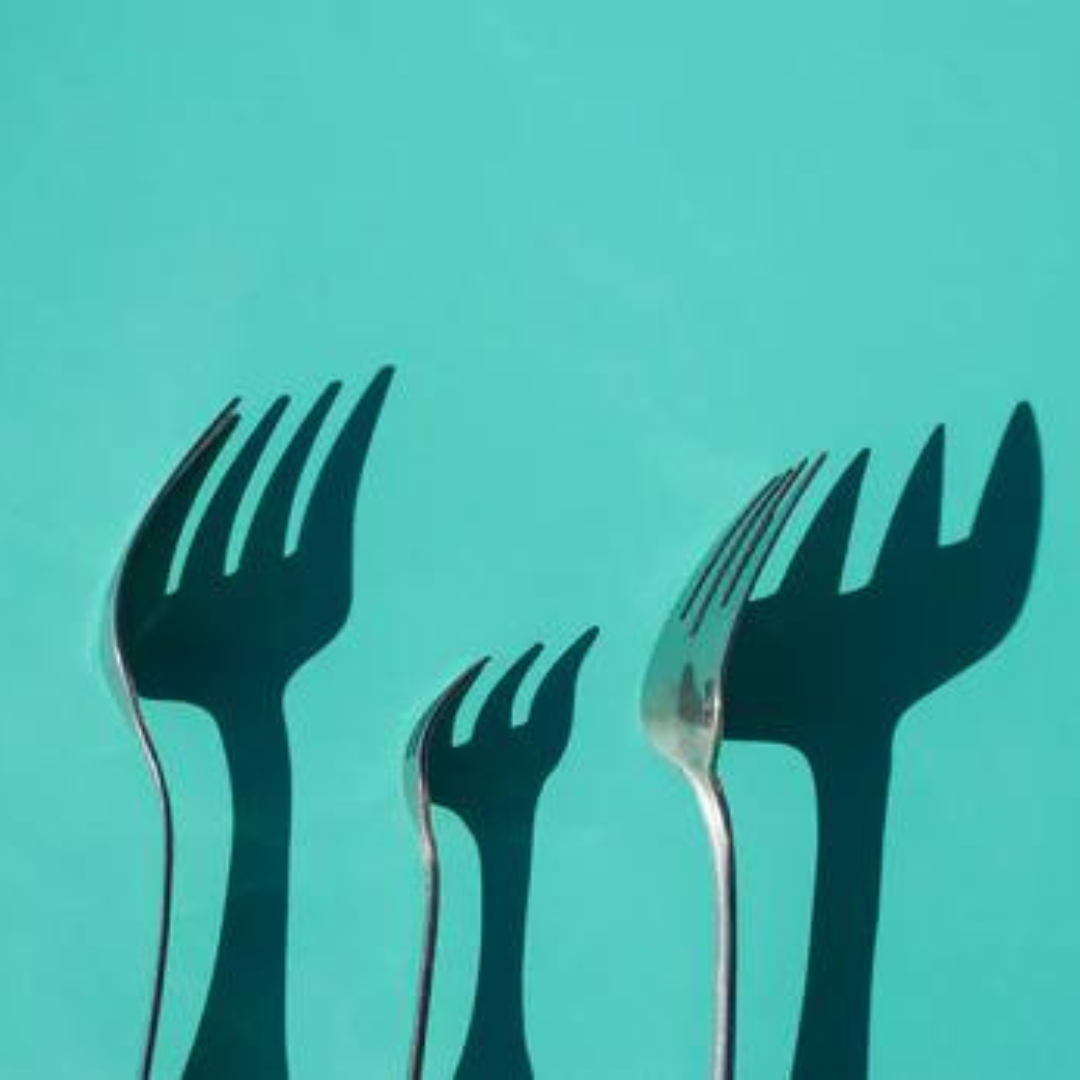For those who follow us on Instagram, our team hopped on a 2 week Keto Challenge. We just got so curious to experience it for ourselves (oh my, sometimes Louisa can’t stop talking about it). Such benefits she mentions is the fact that it will give you more energy, more clarity and you will get rid of the bloating? Like seriously, this lifestyle sounds too good to be true. Oh did we already say we can eat FAT and don't have to worry about eating too much of it? So, obviously, we had to give it a try.
But first, what is Keto anyway?
Keto is not dipping everything in butter, nope, it’s a bit more complex than that. The Ketogenic Diet is a low-carb, high-fat diet that is based on reducing the amount of carb and increasing fat intake. This carbohydrate restriction put your body in a metabolic state called ketosis. When that happens, your body starts burning fat for fuel and turning fat into ketones for the liver, sending a lot of energy to the brain, amongst other magical things.
By the way, this is not a new diet like many people think. It’s been used for nearly a hundred years to prevent seizures in epileptic children. Recently, it has gained a lot of popularity for its weight loss effects but studies have shown that are a lot more benefits than that! Do some Google research, it will surprise you! And there are a lot of famous people who already know about the diet like Kim and Kourtney Kardashian, Alec Baldwin, Tim Ferris, Adriana Lima, Jessica Biel, Matthew McConaughey and NBA players as LeBron James and Kobe Bryant.
There are different types of Ketogenic diets, but for this challenge, we chose the Standard Ketogenic Diet (SKD). The SKD is typically very low carb (5%), moderate protein (20%), and high- fat (75%) of your daily calorie intake.
Ps: If you have any medical conditions, or doubt that this is a lifestyle for you, please consult a physician before starting on this journey, okay?
Our first steps into the keto lifestyle
To kick-start, we had a meeting with Sevi Rutgrink, she's a Keto coach and if you've followed our older blogs you already know who we are talking about. She gave us plenty of recommendations to start it right and in a healthy way because I got scared by looking at some crazy things recommended at keto beginner groups on the internet. Be careful with that!
The first step she recommended was to calculate our own macros. We used this calculator. There you can calculate your daily macronutrients based on age, height, body fat, level of activity, and other terms. The instructions are very clear and it’s super easy to use. We did not do this challenge to lose weight, but we did choose a moderate calorie deficit to make a little bit more challenging ;)
To achieve ketosis, it is important to note that you need to be under a daily intake of 20-30 net grams of carbohydrates. Beware that this is a number of NET carbs (Click here to learn how to calculate it, it's easy peasy). Moving on, the protein intake should be moderate and depend on your level of activity. If you exercise more, you will need more protein but make sure it’s still moderate, as too much protein can kick you out of ketosis.
Last but most importantly, the healthy fats will act mostly as a filler and a fuel to your body, where you will get your energy and your satiation from. You should definitely not be under 60% of fat intake per day, otherwise, you might experience cravings, tiredness, and hunger. And we don’t want that, do we?
What to eat on a Keto Diet
The Keto coach gave us a food list with everything that we could eat freely and moderately, and not at all, during this challenge. The list is quite big, leaving a lot of room for creativity in the kitchen - yum! We recommend that you do experiment and eat different things to not get bored easily by eating the same breakfast or lunch every day. Immerse yourself in this world of veggies and healthy fats and get cooking!
Top things to avoid in the first weeks:
Besides what is already mentioned on the list, as beginners, the top things we had to avoid in order to get the best results in the first weeks were:
-
Fruits: The fruit list is already very limited (only berries in small amounts and occasionally), but in our case, we were advised to not eat it at all, at least on the first week.
-
Snacking: It's best to eat full and satiating meals, instead of snacking all the time in the beginning to avoid energy dips and accidental high-calorie intake. If you prepare and eat meals filled with healthy fats, you won’t feel like constantly snacking anyway ;)
-
Alcohol: Of course, alcohol is never really recommended but everybody does it, right? The difference is that in your first weeks is best not to, because of the sugars (just as with fruits) and because the hangover is going to kill you. Trust me on that one! (Had one vodka Skinny bitch and died for two days)
-
Hard Exercise: In the beginning, your body needs to adapt to this change in metabolism (from carbs to fat) and it needs energy for that, so take it easy and save that energy to put on hard exercise when you’re more fat adapted.
-
Eating too much fat: Do not stress out to meet your macros all at once and take it easy on the fat. Do not dip everything in butter and oil, otherwise, your body will react back at you. If you are having difficulties in adding fat to your meals, make sure you get at least your minimum fat intake but throughout the entire day and not in just one meal.
Top tips from our own experience to make a beginner's life easier:
-
Use an app to track your macros. We used Myfitnesspal. It does not calculate your net carb intake (only total carbs) though, so in the end, you need to double-check that.
-
Do not stress out too much in weighing food. I mean, sometimes it’s just not possible. Just calculate more or less what you think it is and look for recipes that already shows the macros.
-
PLAN your meals ahead (really), so you know what you have to eat to meet your daily macros, plus it helps you make sure you eat on a busy day.
-
READ LABELS AT ALL TIMES: You might find carbs where you never thought there was.
-
Don’t forget to drink plenty of water and to keep up with your electrolytes to avoid getting stuck in the keto flu. The Keto flu can appear in the beginning because of the low carb intake, which makes you drink more water, which makes you pee-pee all the magnesium, sodium and potassium, known as electrolytes. So, to get rid of the flu, it’s also important to get those electrolytes back in by taking magnesium supplements, drinking water with Himalayan salt a few times a day, or pickle juice, etc. Remember that you might miss you electrolytes often, so make sure you find your best and preferred way to constantly keep it all in balance - and the keto flu away.
Other blogs you might enjoy:




Leave a comment
All comments are moderated before being published.
This site is protected by reCAPTCHA and the Google Privacy Policy and Terms of Service apply.